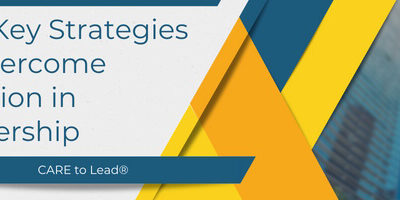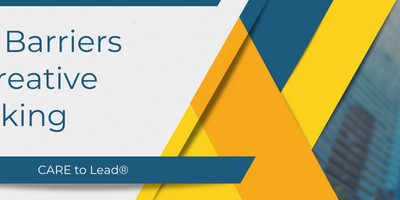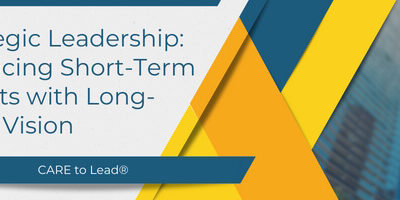How Far Would You Go to Avoid Conflict?
I was speaking to a friend yesterday who shared a story with me about someone he is close to. He said that the woman is smart, a hard worker, and motivated. Yet, she struggles in finding a position where she is happy and fulfilled. The problem doesn’t seem to be with her work ethic, it seems to come from the fact that she hates conflict. She perceives any correction as a personal attack, she is easily offended, and she would rather change shifts or even jobs in order to avoid conflict. She finds herself now working a graveyard shift providing little interaction with others.
Unfortunately this problem is more common than many of us realize. Some people are very easily offended, a subject of one of my earlier blogs Stop Being Offended. In that blog I addressed some ways for a person to deal with their own emotions. Today, I thought I would write about personality preferences and how understanding our own personality can perhaps help us understand others and reduce the need for extreme measures in conflict avoidance.
Understanding TYPE Matters
First it is important to recognize that a person’s personality comes from many variables. Some are innate, some are learned. But all people have “preferences” in their personality. This is simply the way they naturally prefer to respond to a given situation. It is similar to being left or right handed. You have one hand which you automatically unconsciously “prefer” to use. While you still possess all of the muscles and capability to use either, using the one that is not naturally preferred will require effort and practice. Personality works in the same manner.
When I work with teams in organizations, I place them in groups according to their personality type*. Then I do several exercises with them to show them specifically how different “types” respond to a given circumstance. In one such exercise I show a photograph of a city on the wall for 60 seconds. I remove the photo when the time is up and I ask the groups to write down everything they remember about it.
The results are always the same. It doesn’t matter what type of company I am working in, or what level of education the participants have, based on their particular personality type they will see the photo in a particular way. One group will remember things like, “the mood seemed happy”, “the day was sunny”, “people looked busy”, another group will remember things like, “there were five motorcycles”,” six traffic lights”, and” there were four stores in the picture.” Each group remembers the photo in the style that matches their “type.”
Understanding your type is the first step to understanding communication. You see if two people look at the same photo and see entirely different things, how can these same two people approach a work related project on the same page?
What this means to you, in your attempt to avoid conflict in the workplace is this. Understand your own preferences well. Understand how YOU view the world and how you respond to situations around you. Then try to gain an understanding of some of the other personality types. If you understand how a person is thinking, how they are processing information, and how they are likely to respond to you, you can more effectively deal with them. You can avoid the conflict by dealing with others in a different manner.
I am not suggesting that taking this assessment will provide you with in depth knowledge of yourself or others; I am simply suggesting that understanding personality types will make communication and interaction in the work place a little easier.
*If you have never taken a Myers Briggs Personality Type Indicator, and would like to learn more on gaining an understanding of your own ‘type’ please contact me via my web site. I’d be glad to share the details.











0 Comments